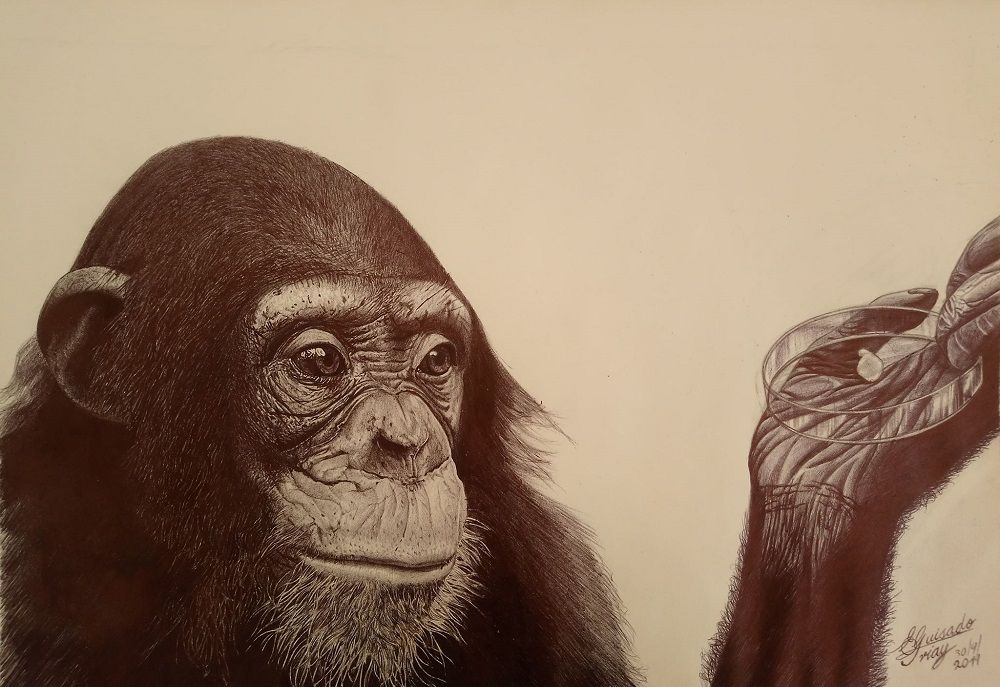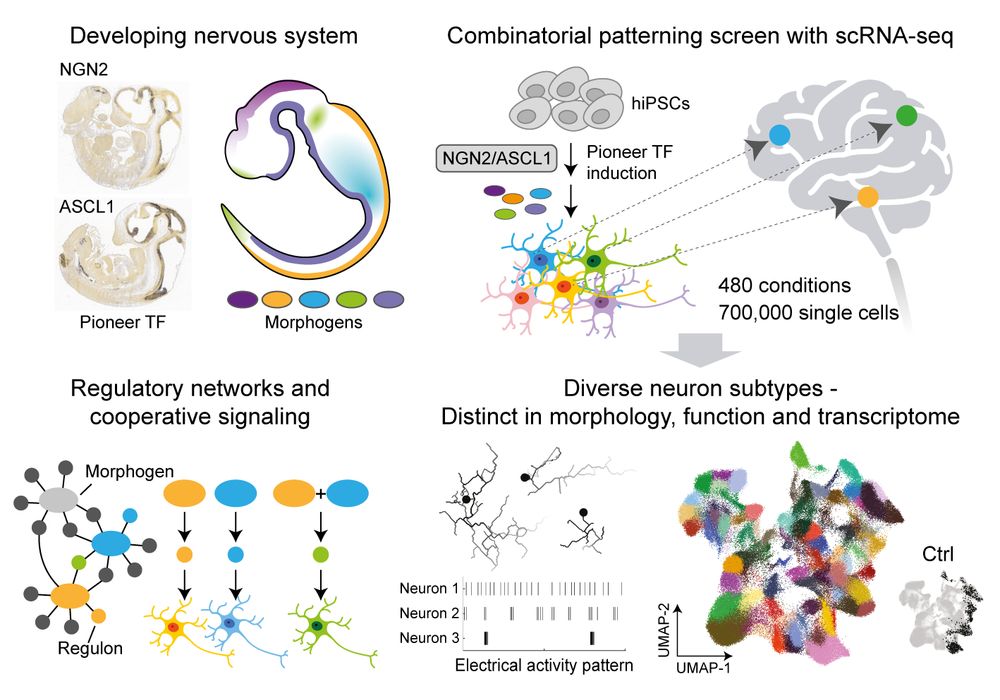

www.science.org/doi/10.1126/...

www.science.org/doi/10.1126/...













Please send your CV to: deco_ihb@roche.com #IHB

Please send your CV to: deco_ihb@roche.com #IHB




The enterocyte gene regulatory module was also responsive to microbiota.

The enterocyte gene regulatory module was also responsive to microbiota.


